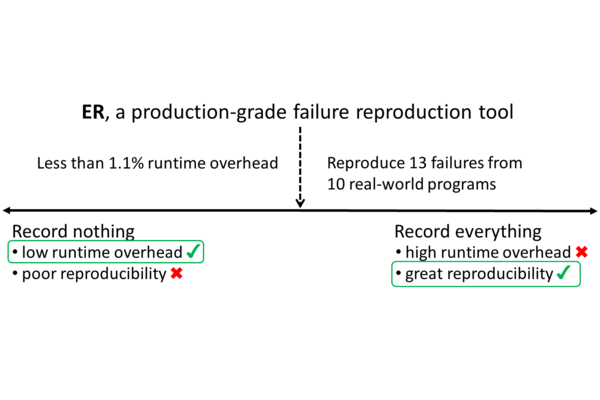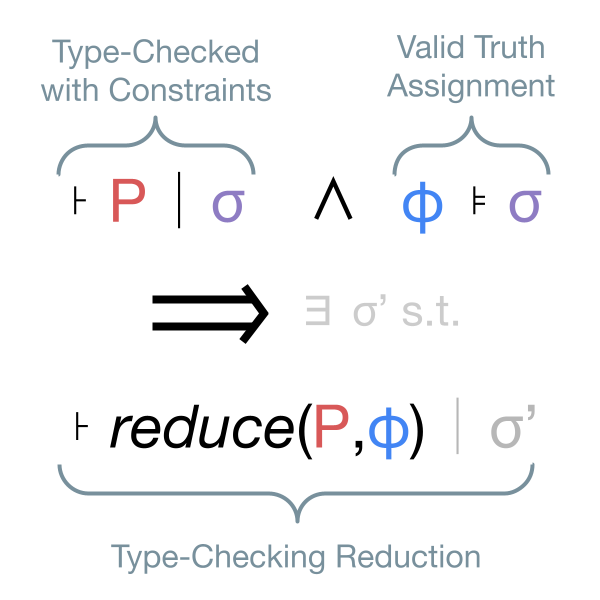Abstract:
Flaky tests are tests that can non-deterministically pass or fail for the same code version. These tests undermine regression testing efficiency, because developers cannot easily identify whether a test fails due to their recent changes or due to flakiness. Ideally, one would detect flaky tests right when flakiness is introduced, so that developers can then immediately remove the flakiness. Some software organizations, e.g., Mozilla and Netflix, run some tools—detectors—to detect flaky tests as soon as possible. However, detecting flaky tests is costly due to their inherent non-determinism, so even state-of-the-art detectors are often impractical to be used on all tests for each project change. To combat the high cost of applying detectors, these organizations typically run a detector solely on newly added or directly modified tests, i.e., not on unmodified tests or when other changes occur (including changes to the test suite, the code under test, and library dependencies). However, it is unclear how many flaky tests can be detected or missed by applying detectors in only these limited circumstances. To better understand this problem, we conduct a large-scale longitudinal study of flaky tests to determine when flaky tests become flaky and what changes cause them to become flaky. We apply two state-of-theart detectors to 55 Java projects, identifying a total of 245 flaky tests that can be compiled and run in the code version where each test was added. We find that 75









































